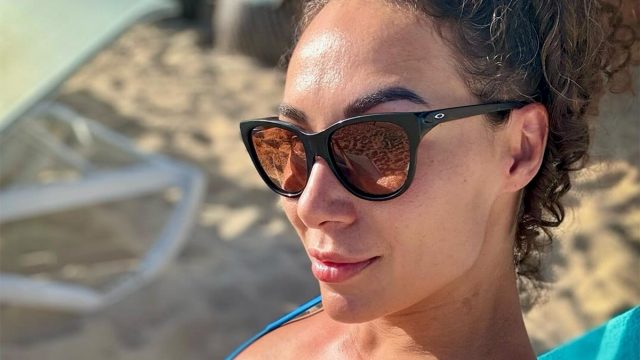I Finally Banished Belly Fat in My 40s by Doing These 8 Things
Have you been trying to banish belly fat for decades but have been unsuccessful? You might be making a few simple mistakes. Ashley DiGiacomo Schwartz (@the.busy.mom.method)is a fitness and nutrition influencer and Fitness & Nutrition Body Recomposition Coach-BA/IMBA, who transformed her body during perimenopause, finally figuring out how to get rid of her midsection. "Belly fat can be the hardest to lose unless you do these eight things," she writes in her Instagram video. "Belly fat is often caused by high cortisol. So, how do we get rid of it? We work to balance hormones and lower stress." She goes on to reveal eight ways to reduce belly fat.
Sleep More

Getting good sleep is key, Ashley maintains. "Aim for 6.5-8 hours when you can," she writes. "Quality sleep regulates your hormones and reduces stress." The Sleep Foundation agrees, explaining that getting enough z's is a mood booster, promotes heart health, regulates blood sugar, improves mental function, restores your immune system, helps relieve stress, and aids in weight loss.
RELATED: Emily Ogan in 2 in 2-Piece Workout Gear Reveals "How to Lose 10 Pounds by Thanksgiving"
Move More
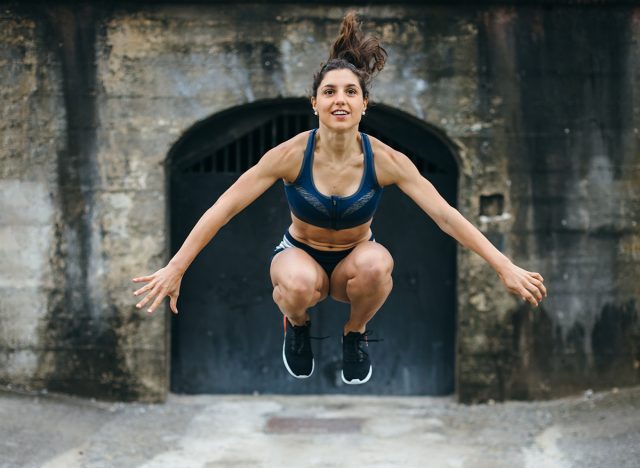
Next, movement Is key, she says. "Get your steps in, walking (especially outside) lowers stress and extra steps burn extra calories without making you more hungry! Win win!" she says.
Watch What You Eat

Next up, diet. "Watch what you eat," she says. "Focus on whole foods, lean meats, healthy fats, and complex carbs. Avoid processed foods and excess sugar."
Eat Breakfast and Avoid Fasted Workouts
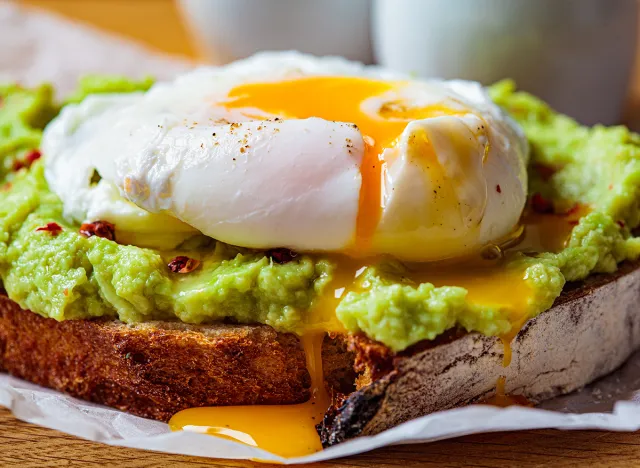
She also recommends eating breakfast and skipping fasted workouts. "Your cortisol is highest first thing in the morning, and by working out in that state without any food in your system, it creates more unnecessary stress on your body," she says.
RELATED: 8 Natural Ways to Lower Stress Levels Now
Limit Alcohol

Next, she recommends limiting alcohol. "Excessive alcohol intake deregulates your sleep patterns and can lead to excess calories and excess body fat, especially around your belly area," she says.
Drink More Water

Hydration is key, she says. Drink more water for added health benefits. "If you are drinking more water, you are less likely to overeat. Additionally, all of our systems benefit from proper hydration, so if you want optimal workouts, you need to hydrate," she says.
Maintain a Calorie Deficit
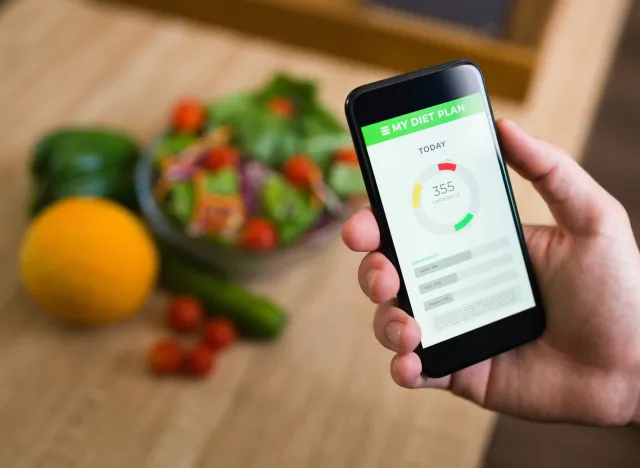
She also recommends a "moderate" calorie deficit. "If your goal is to lose body fat, then you need to be in a deficit, but I don't recommend going lower than 300 calories below maintenance to keep it sustainable long term," she says.
RELATED: I Dropped From a Size 10 to a 4 by Eating These 10 Foods
Find the Right Workout Plan
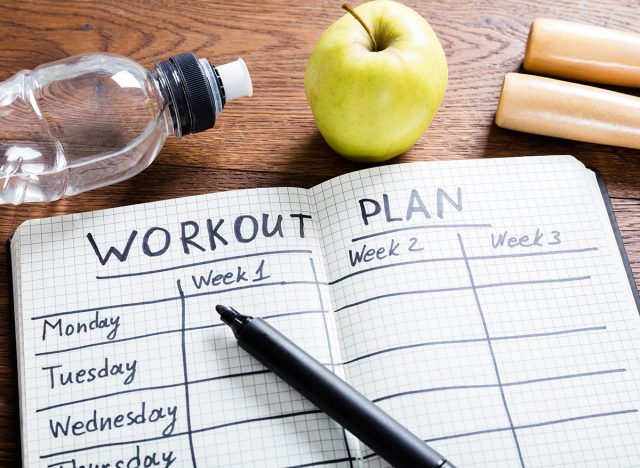
Finally, find the right workout plan. "Your approach needs to change as you age; if you are a 40-year-old woman, what you did in your 20s could very well be making you gain more weight. You need a plan that is built for you. If you are not on the right exercise routine and nutrition plan for your goals, it can be damn near impossible to lose," she says. And if you enjoyed this article, don't miss I'm a Nutritionist and Here Are 25 Weight Loss Truths You Need to Hear.
